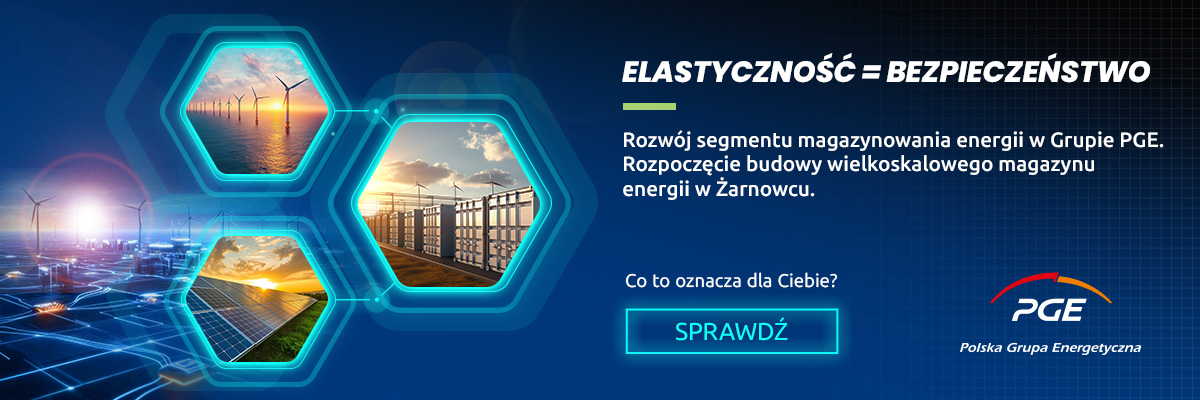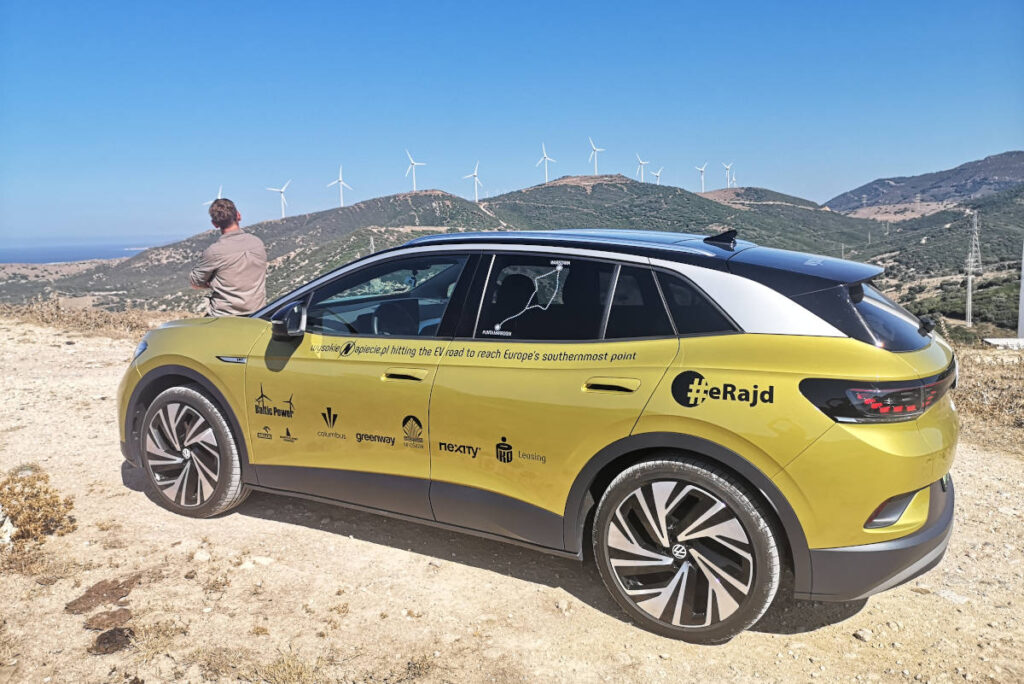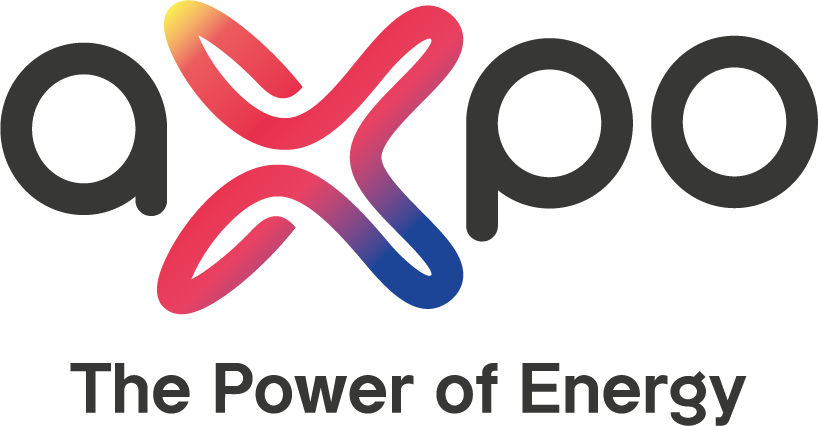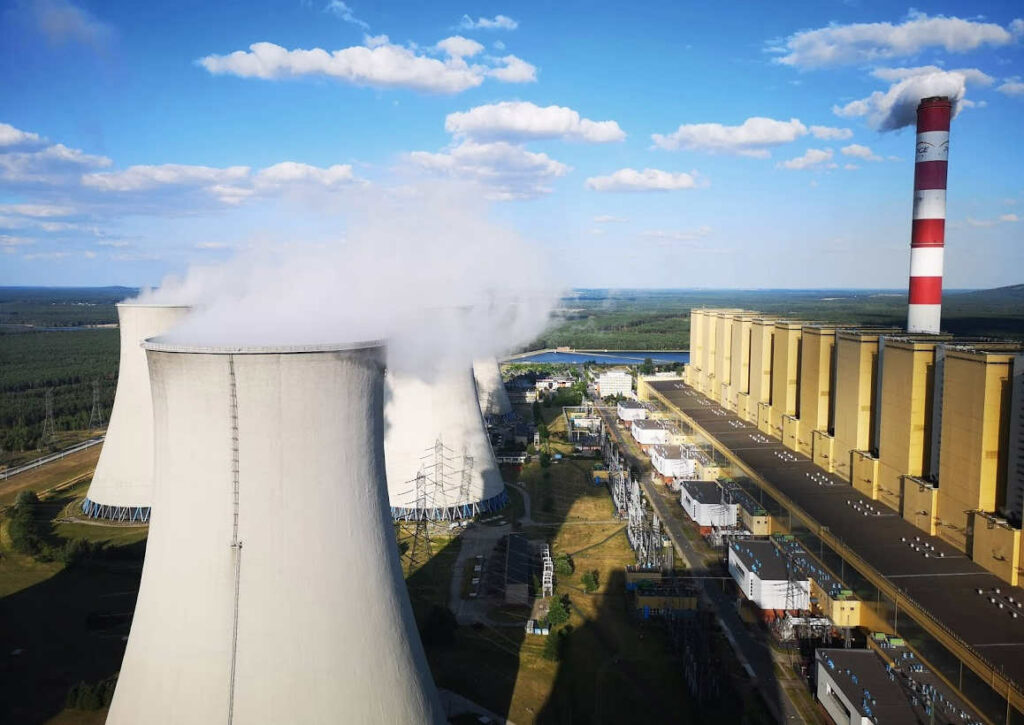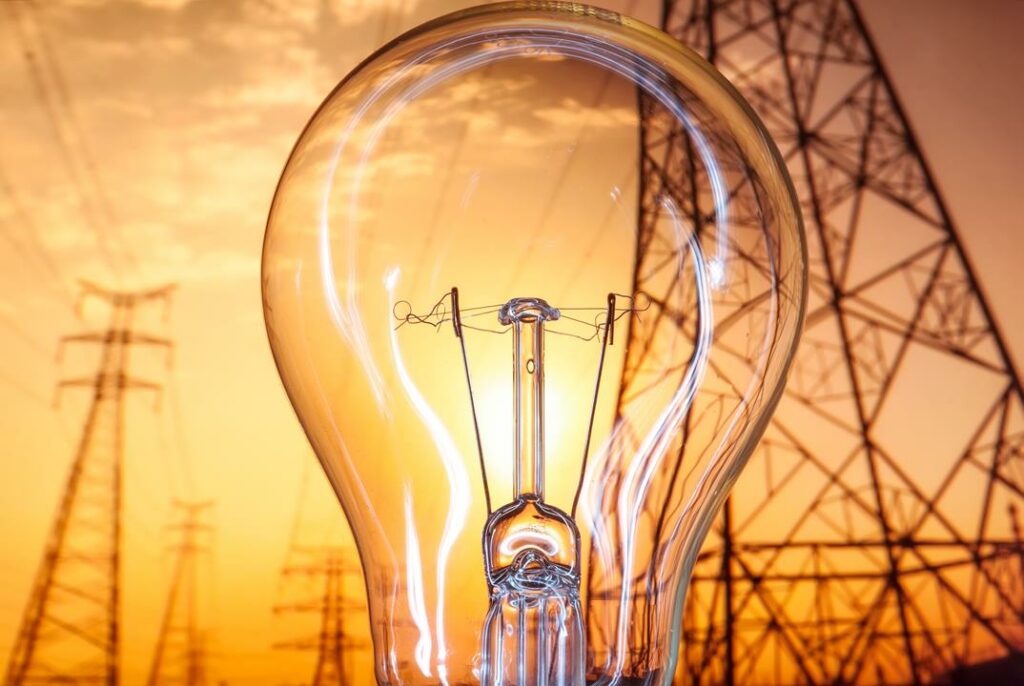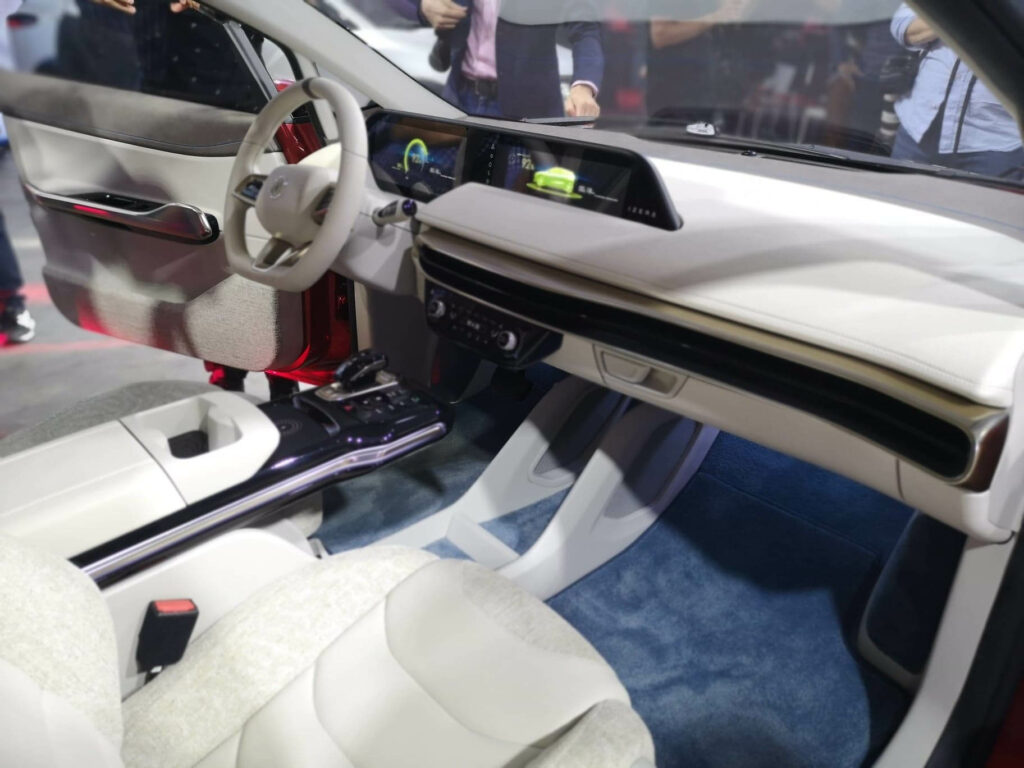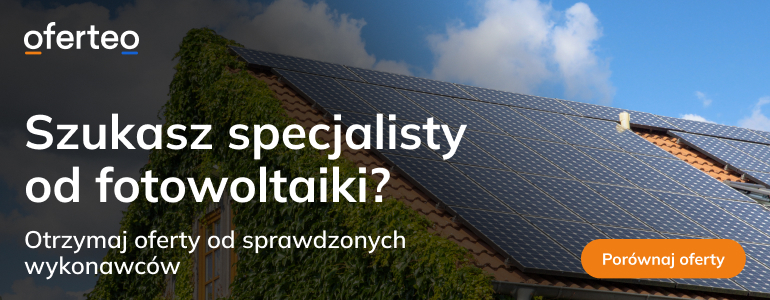Spis treści
Since the team seems to like Europe’s outskirts, this time the destination is Punta Marroqui — the southernmost point of continental Europe on the Atlantic end of the Straits of Gibraltar. Yes, I realize CleanTechinca.com is not a travel site and you’re more interested in what they are driving. Of course, it is pure electric — undoubtedly a premiere model and definitely a game changer on the European market. In fact, it is the 2021 CleanTechnica Car of the Year — the Volkswagen ID.4. Last year, the Porsche Taycan attracted interested looks from men and women alike. This year, we will attract looks from EV geeks only.
The rehabilitating carmaker calls the ID.4 its first electric SUV. We all seem to prefer to call it a minivan. The one we are driving holds a 77 kWh battery and sells in Poland for 199,000PLN (about $51,000). Smaller battery models start at 164,000PLN (about $42,000). And if you happen to be living in Poland, both of these models qualify for the newly introduced cash incentive of 18,000PLN ($4,600) or 27,000PLN ($6,900) for families of three or more kids. I’d like the incentives to be twice as big, but nobody listens to me here anymore.
Anyway, the plan is ambitious, as the ID.4 will do almost 8,000 km (5,000 miles) driving through more than a dozen European countries and testing charging stations, roaming options, energy sources, and green Europe in general. (I wonder if they can beat the adventures of Tomek Gać in Macedonia.) As before, the electric journey is just an excuse to challenge popular beliefs about EVs, how they can actually perform in real-life settings, and whether an EV can be a family car that fits 2+2 with luggage on a long holiday trip.
It’s 5:00am in Warsaw when the yellow ID.4 quietly begins its journey and heads for the first charging station provided by the state-owned energy company Tauron. Knowing the state of state-owned companies in Poland, expectations were low, to say the least. I have myself tested the other giant with feet of clay, Orlen, and the experience was horrific. Not this time, though, and Tauron proved easy to use though its dedicated app. The team charged at its 75kW charger for the full … 9 minutes. That was enough to take them the GreenWay hub not far away that has more powerful 150kW chargers.
The charging infrastructure is growing
When the team from WysokieNapiecie.pl was on their way to Nordkapp four years ago, they were driving the same route in a Nissan Leaf and the only choices they had in Poland were a few fast chargers from Greenway (and they weren’t as fast). Their massive investments made the trip possible at least. Today, we can choose the provider, choose the charging capacity we want to use, and travel concern-free most of the time. Greenway remains the leader in the Easter European market, but followers are coming.
What has also changed is the emergence of charging hubs offering a number of chargers of varying power capacity, including super powerful 150kW or higher ones. Apart from Greenway, we have one more charging hub in Poland, from Ekoenergetyka, and of course a few from Tesla notably available to Tesla vehicles only. It all contributes to lessen range anxiety, which makes EV travel so much more pleasant, especially when accompanied by your wife and kids. The unforgiving look of your wife’s face when stranded with no kWh left could weaken each and every EV fan.
How much is it to charge?
The faster the charger, the more it costs — as simple as that. It takes more advanced equipment, liquid cooling for the cables, high-voltage connections, etc. In Poland, it also meant higher fixed costs for operators until earlier this year. Luckily, that changed with an amendment to the resolution of the Minister of Climate and Environment introducing the new e-tariff for charging operators — we now have a lower fixed fee and a higher consumption fee. The most logical solutions sometimes take time.
Anyway, if we look at base prices from Greenway (I’ll use U.S. dollars for clarity here), we are charged $0.67 per kWh at a 150kWh charger. That is $0.13/kWh more than on a regular 50kWh charger. Quite expensive, but the Slovak operator offers two plans for users — Energy Plus and Energy Mix — which can significantly reduce the price per kWh. We bought one and charged at $0.38 per kWh. The monthly cost of $23 is quickly recovered on a single long trip in your EV (we saved $13 in our first charging session). If you join the Polish EV Owners Club, you may also enjoy some additional benefits, so don’t hesitate — look for all possible cost reductions available on the market.
Reaching the Polish border, the team had done 480 km at a 112 km/h average speed and consumption of 23.2 kWh per 100 km. The cost of driving 100 km was $8.23. By comparison, doing the same distance with the same speeds in a fossil-fueled SUV, we would need to assume fuel consumption of 8.5 liters per 100 km, and with today’s prices, normally higher along the motorways, the cost would be $12.87. The calculation didn’t include the cost of the monthly plan, as that is negligible in the whole trip calculation. We also don’t include the fact that a regular EV owner would charge the car at home, most often with their own PV installation, and the charging cost would be further reduced. The simple conclusion is that you can drive EVs more ecologically, more quietly, and more economically. I like that.
Once we cross the border and enter Western Europe, our #1 charging provider becomes Ionity, offering super-fast chargers of 175–350 kW! Again, the base price is ridiculously high — $0.90 per kWh — but that can be reduced with a monthly plan called “we charge plus.” The only small hiccup is that the plan is not available to Polish users, as Ionity is still waiting to launch its first charging stations in Poland. The wait is not on Ionity’s part, though, as the stations are ready but waiting on the Polish Office of Technical Inspection — we are the only EU country that requires such an inspection before a charging station can go live. What can I say, the most logical solutions sometimes take time, and removing that requirement is also taking time. … Anyway, with some roaming options, the team still managed to reduce the costs of charging at an Ionity charging station, and just like in previous years, enjoyed the growing infrastructure while moving across Europe.
Talks at charging stations
A separate story could be written about meetings at charging stations. Maybe it will be. This time we will report on one that took place at a charging station in Bayer, where the team met Wolfgang Heck — a German energy efficiency auditor. We enjoyed an insightful conversation about where Germany stands in terms of energy efficiency in private buildings, and the picture is not that bright.
As Wolfgang provides energy audits for buildings, which are partly co-financed from federal and local grants, he has a great understanding of what is slowing down the process of improving energy efficiency in buildings. It’s important to understand that a lot of German homes are heated with oil, which replaced coal a few decades ago. Today, the buildings call for thermo-modernization, including new windows, thermo insulation, and new heat sources. The return on investment goes into 10–20 years and appears unattractive to middle-aged owners. Young people’s focus is on children, on the other hand, and so finding demand for better energy efficiency in buildings remains a great challenge.
At the same time, the issue is a burning topic in light of European climate goals. Some buildings in Germany may still use 400kWh/m2/year, while you can easily achieve 40kWh/m2/year today, and when using a heat pump and a solar PV installation, you need as little as 10kWh/m2/year to heat your house. These solutions will help you save a lot of money and will increase the value of your house — these are the arguments Wolfgang uses when talking to homeowners during energy efficiency audits. We can only wish him luck and make sure Poland does better than that in replacing coal stoves.
Summing up, the team did 1370 km (850 miles) on the first day of the journey in 18 hours. We took our time, making numerous stops not only at charging stations, but also taking detours from motorways and enjoying tourist attractions on the way. We charged 8 times, but 6 would have sufficed as well. We travelled at an average driving speed of 105 km/h, and a total average including stopovers of 75 km/h. The Volkswagen ID.4 consumed 22.6kWh/100 km, on average. These are the stats. At the moment, the team is in Miluza, in French Alsace. Much more to come, as we have just started!
The text was also published on CleanTechnica.com
